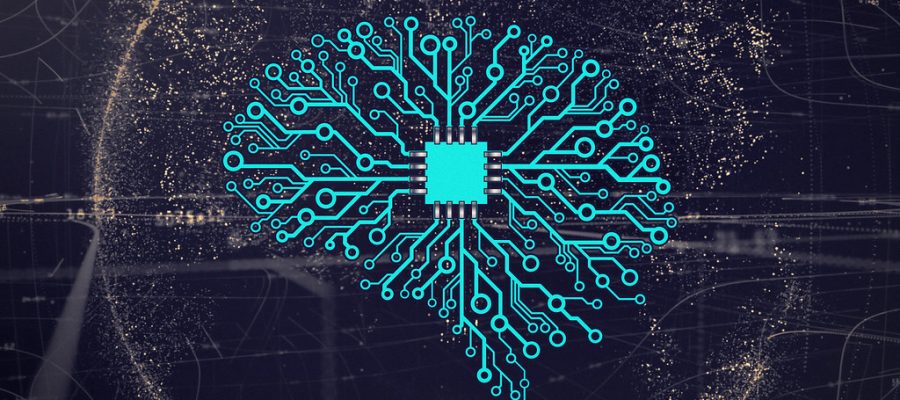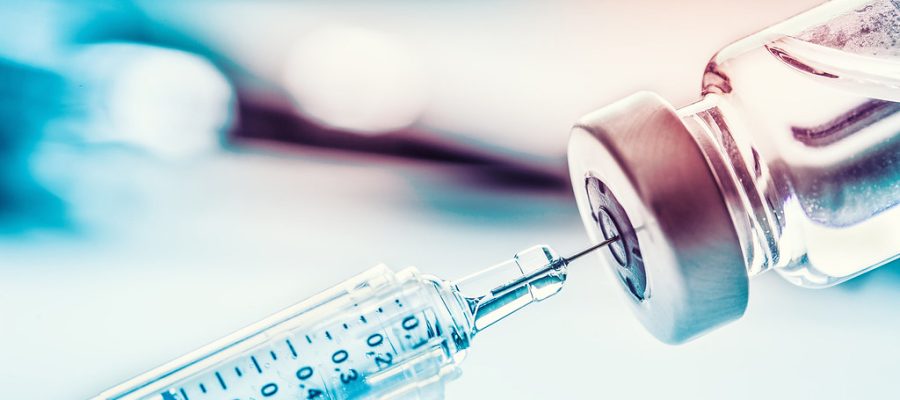By: Brendan Clemente Rule 3.8 of the ABA’s Model Rules of Professional Conduct should include rules that specifically address unethical uses of forensic evidence in criminal prosecutions. Forensic evidence is common in criminal trials. But the traditional rules of ethics do not effectively address the use of forensic evidence. Rule 3.8 should include a rule requiring prompt and full disclosure of information about expert witnesses whom the prosecutor plans to call and all relevant information that the prosecutor knows about a forensic method’s application in the case. Rule 3.8 should also include a requirement that the prosecutor use reasonable diligence to learn about a forensic method and possess a good faith belief that the method’s application in the case will be reliable before introducing the evidence at trial. Download Full Article (PDF) Cite: 22 Duke L. & Tech. Rev. 1







